The notion of linking government policy with citizen happiness and wellbeing is controversial. There remains some concern about the lack of precision in the measurement. The “methods of defining and quantifying happiness differ among researchers, and have yet to become as objective as those used for income or GDP (Bales, 2016)”
Government policy affects citizens on an aggregate level while notions of happiness and wellbeing are more individualistic. The ability for government to improve overall “national happiness” could be constrained by the psychology of wellbeing. Nevertheless, patterns are emerging that align national and personal wellbeing.
What is the pattern of happiness and wellbeing used in public policy?
There are numerous indicators used to measure happiness and wellbeing such as the World Happiness Index, the Happy Planet Index and Gross National Happiness. This includes:
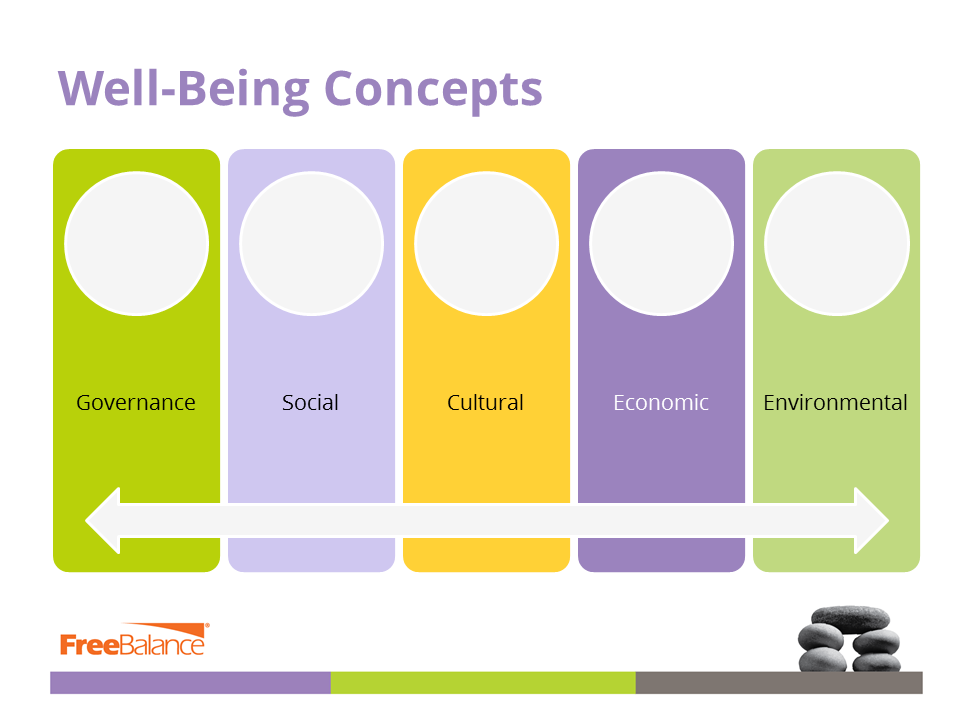
- Governance: good governance with effective public services by government across national, regional and local tiers
- Social: social connections to people, family and community with health and education services and social safety nets
- Cultural: spiritual, religious and cultural richness and norms
- Economic: income, careers, growth, and economic equity
- Environmental: environmental concerns including elements of public spaces, pollution, climate change, and energy usage
- Personal: personal happiness, health, wellbeing, autonomy and intellectual growth
What are the indicators of national happiness?
World Happiness Index
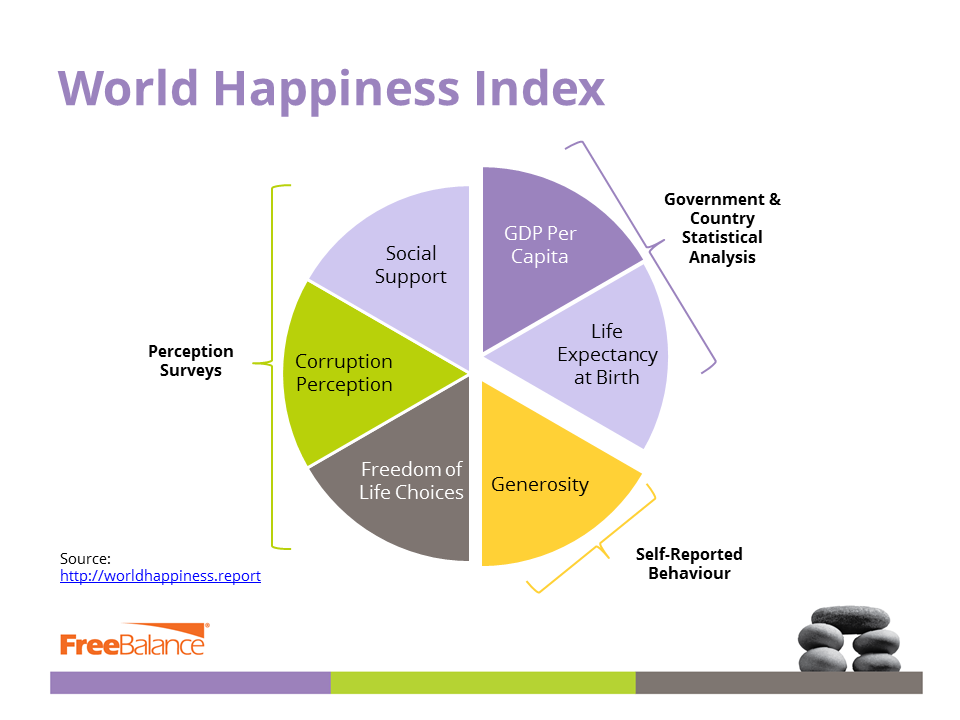
The World Happiness Index includes:
- Governance: Corruption Perception
- Social: Social Support, Life Expectancy
- Cultural: Generosity
- Economic: GDP per Capita
- Personal: Freedom of Life Choices
Happy Planet Index
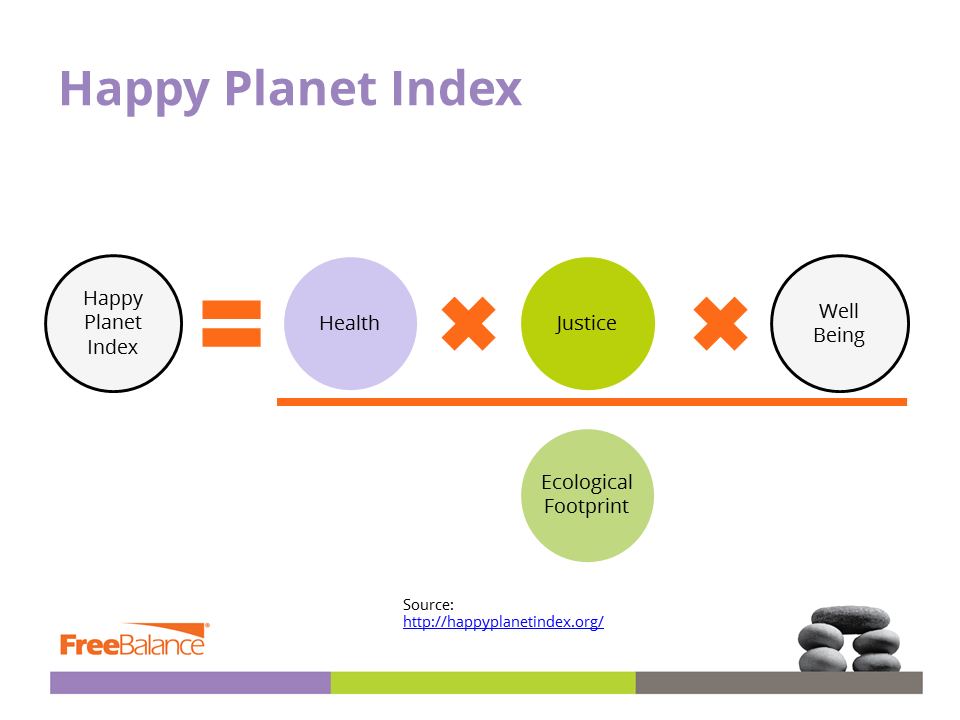
The Happy Planet Index includes:
- Governance: Justice
- Social: Health
- Environmental: Ecological Footprint
Gross National Happiness
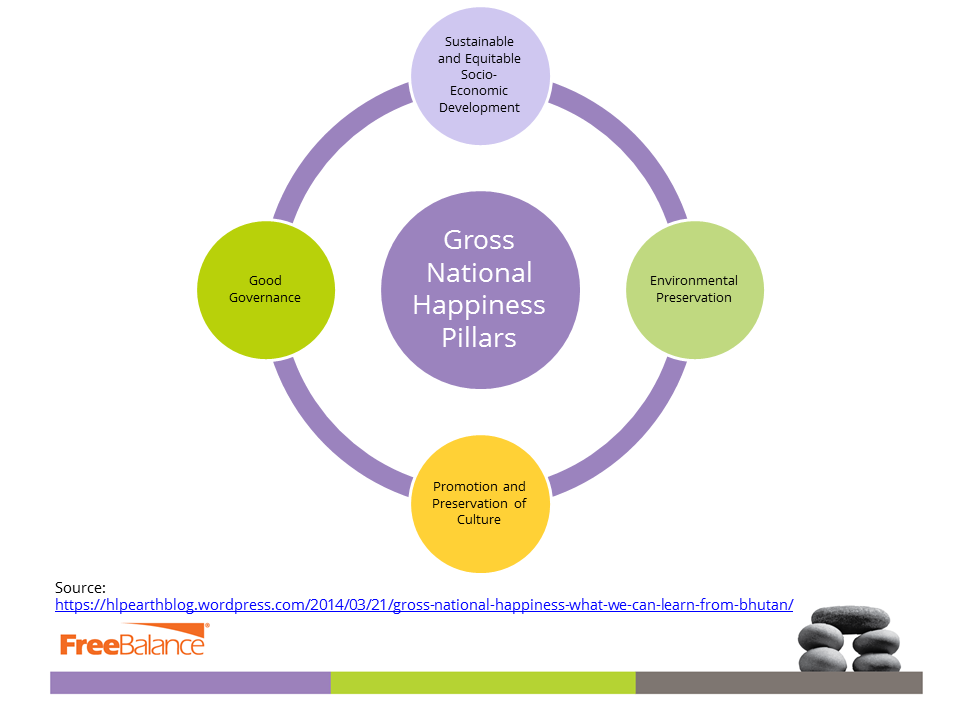
The Gross National Happiness Index includes:
- Governance: Good Governance
- Social & Economic: Sustainable and Equitable Socio-Economic Development
- Cultural: Promotion and Preservation of Culture
- Environmental: Environmental Preservation
World Happiness Summit
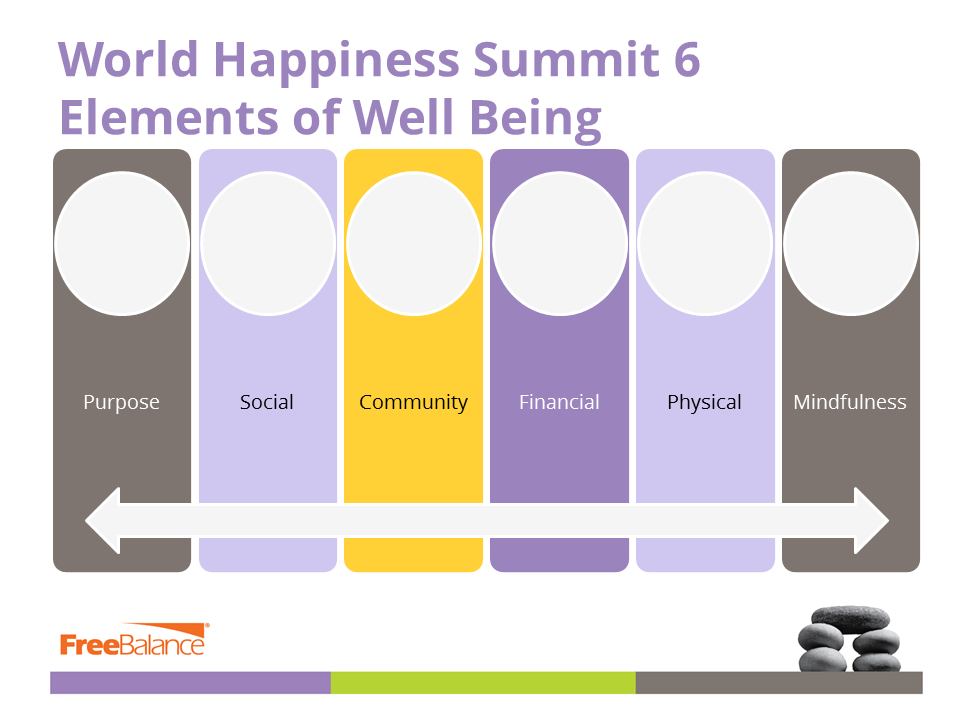
- Social: social and physical
- Cultural: community
- Economic: financial
- Personal: purpose and mindfulness
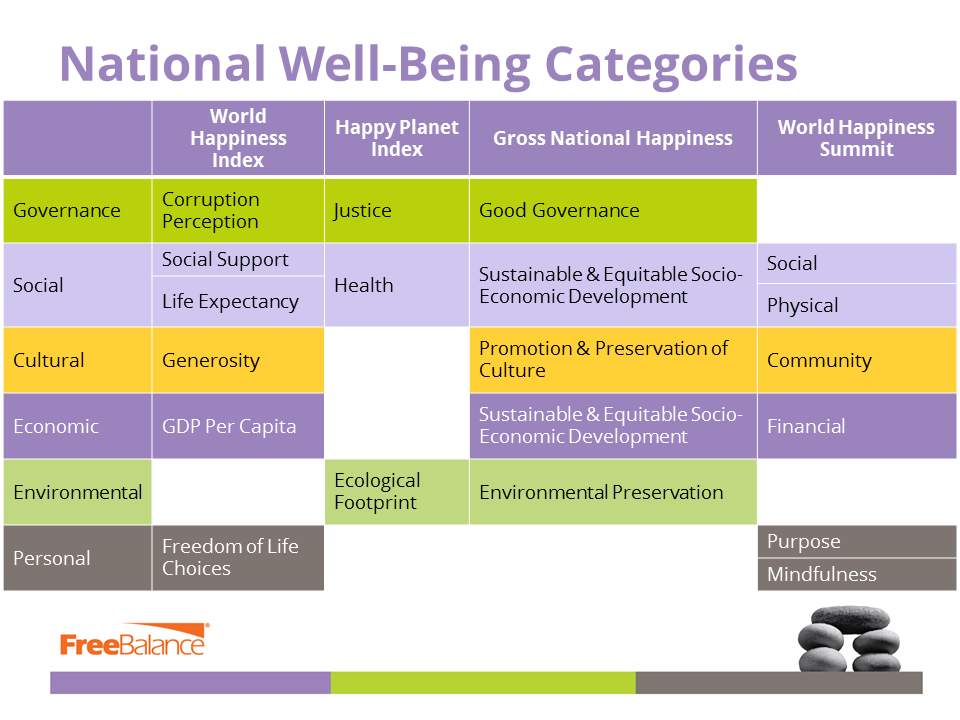
These happiness and wellbeing concepts are consistent with the standard PEST and PESTLE analysis used in planning. It differs with only the “T” – “technology” missing in the happiness indices. The “cultural” concepts in happiness indices are implicit in the social category of PESTLE. Personal happiness concepts could be considered to be part of the social category.
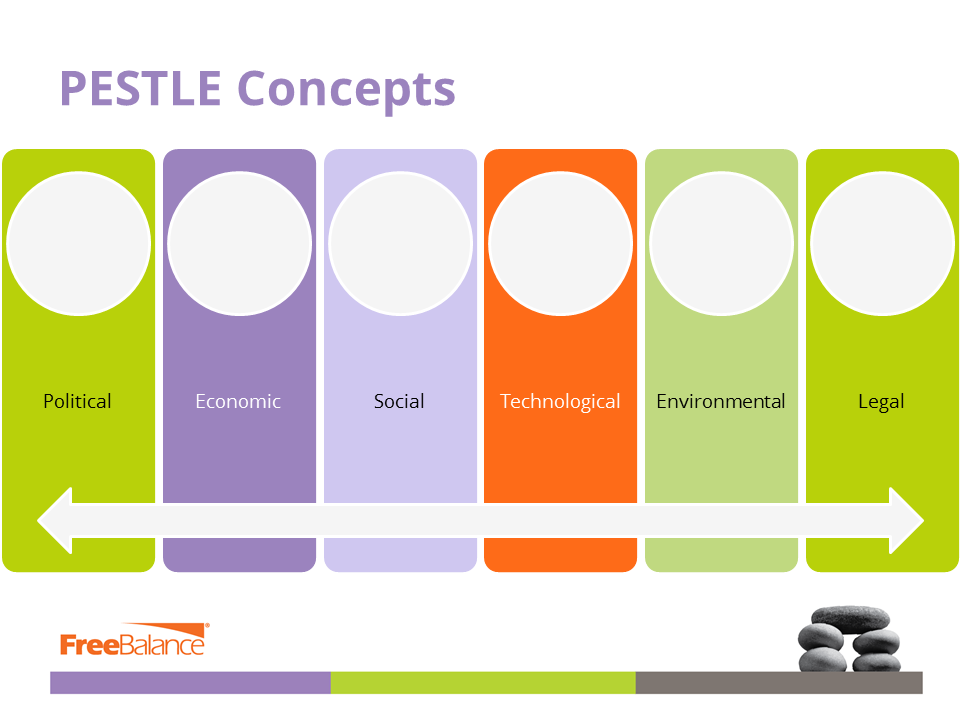
- Governance: Political and Legal
- Social: Social
- Economic: Economic
- Environmental: Environmental
FreeBalance has adapted PESTLE to be more consistent with government planning. This adaptation includes the effects of digital technologies and the combination of social and cultural..
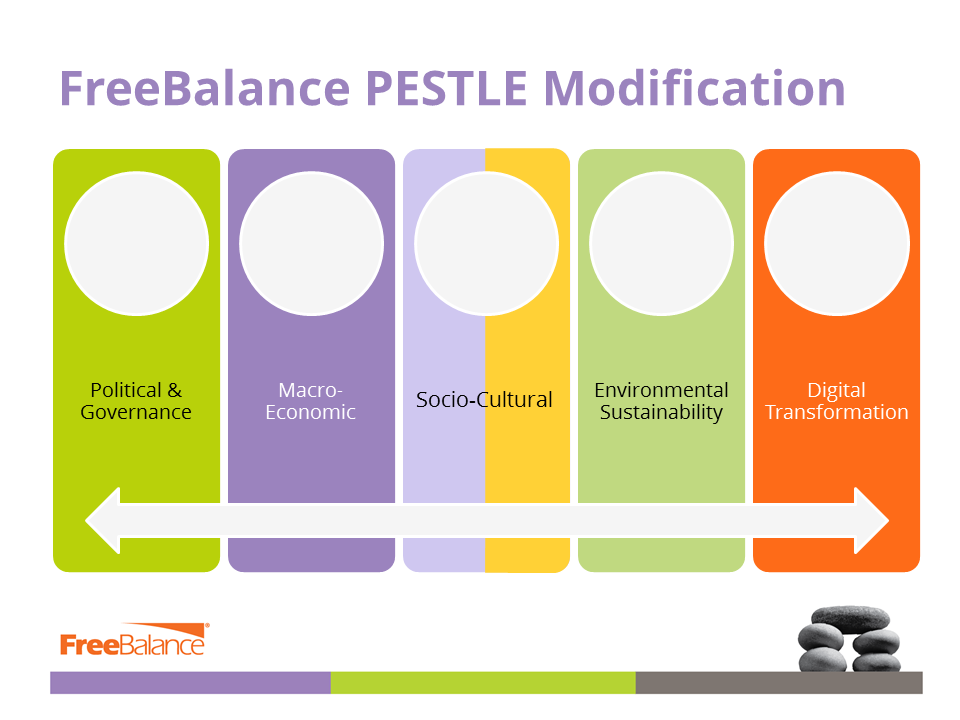
- Governance: Political and Governance
- Economic: Macro-Economic
- Social & Cultural: Socio-Cultural
- Environmental: Environmental Sustainability
- Technology: Digital Transformation
The alignment of happiness and wellbeing concepts with standard planning tools like PESTLE indicates that there is some validity with the approach. It could be possible that happiness concepts could provide more focus than PESTLE for policy planning.
What are the indicators of personal wellbeing?
Many observers suggest that governments are unable to directly “ instill happiness directly into a person’s heart. (De Vos, 2012)” There is consistency among personal wellbeing concepts and alignment with happiness indices.
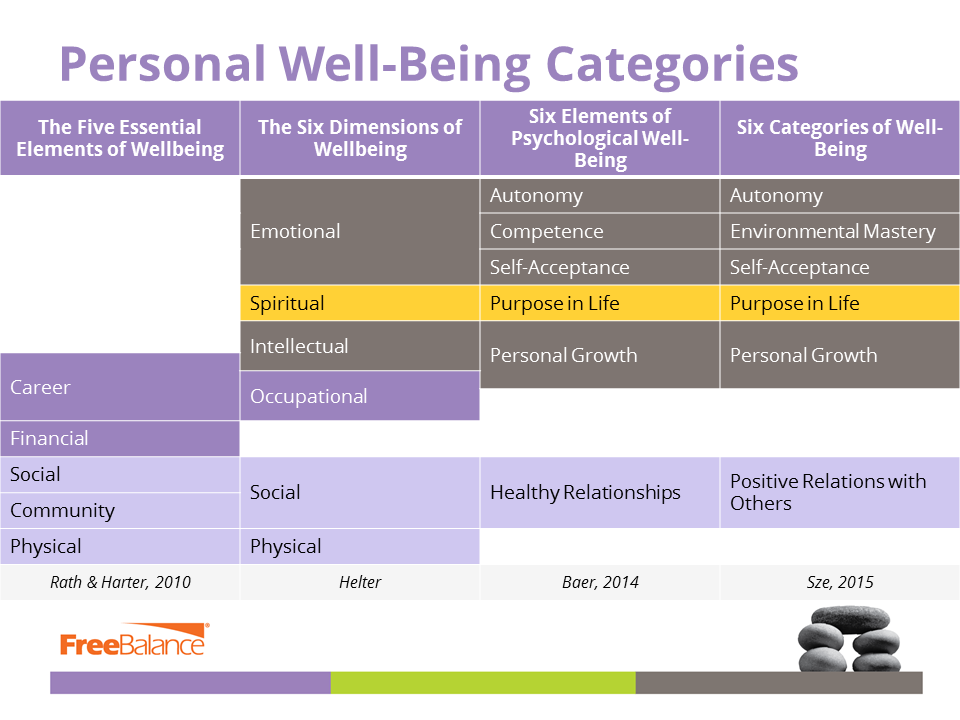
- Social: social wellbeing and physical health
- Cultural: spiritual concerns and purpose in life
- Economic: career and occupation
- Personal: emotional and intellectual
The concepts of personal and national wellbeing can be integrated into well-understood planning methods like PESTLE. This means that happiness and wellbeing are valid concepts in public policy. The difference between public policy using happiness and public policy using PESTLE is emphasis. The consideration of social and cultural outcomes in happiness indices could provide more focus than PESTLE.
References
Baer, R. Mindfulness and Six Key Elements of Psychological Wellbeing. Web Psychology, 2014. https://www.webpsychology.com/mindfulness-and-six-key-elements-psychological-well-being
Bales, S. Happiness Matters: Measuring Happiness to Inform Government Policy. Prospect Journal of International Affairs, November 15, 2016. https://prospectjournal.org/2016/11/15/happiness-matters-measuring-happiness-to-inform-government-policy/
De Vos, M. Saving Happiness from Politics. National Affairs, Winter 2012. http://www.nationalaffairs.com/publications/detail/saving-happiness-from-politics
Helter, W. The Six Dimensions of Wellness. National Wellness Institute. http://www.nationalwellness.org/?page=Six_Dimensions
Rath, T; Harter, J. The Five Essential Elements of Wellbeing. Gallup, May 4, 2010. http://www.gallup.com/businessjournal/126884/five-essential-elements-wellbeing.aspx
Sze, D. Scientists Define the 6 Criteria of Wellbeing. Huffington Post, June 8, 2015.http://www.huffingtonpost.com/david-sze/scientists-determine-the-_b_7457502.html
Indices
Gross National Happiness: https://en.wikipedia.org/wiki/Gross_National_Happiness
Happy Planet Index: https://en.wikipedia.org/wiki/Happy_Planet_Index
PESTLE: https://en.wikipedia.org/wiki/PEST_analysis
World Happiness Index: https://en.wikipedia.org/wiki/World_Happiness_Index
World Happiness Summit: http://www.happinesssummit.world/